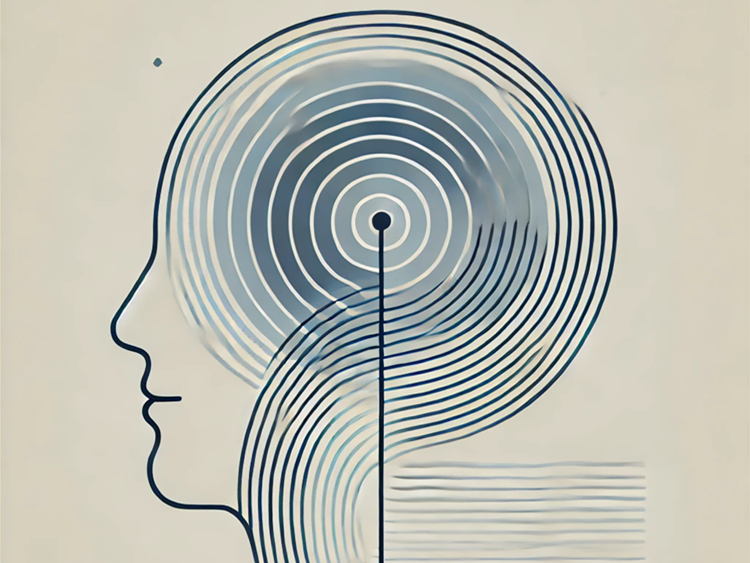Last updated 30-Nov-2024 10:32 PM
Transcranial Magnetic Stimulation (TMS)

Introduction
Transcranial Magnetic Stimulation (TMS) is a non-invasive procedure that uses magnetic fields to stimulate nerve cells in the brain. Primarily used to treat depression when other treatments have failed, TMS has also shown promise in addressing anxiety, PTSD, and neurological disorders. It works by delivering magnetic pulses through an electromagnetic coil placed on the scalp, which influences brain activity, particularly in areas involved in mood regulation.Scheduling: How much time do you need?
TMS treatment typically requires multiple sessions over several weeks. Each session lasts about 30-40 minutes, and patients usually need around 5 sessions per week for 4-6 weeks, depending on the condition being treated and the individual's response to therapy. Scheduling flexibility can be essential for people balancing work, family, and other responsibilities.Pros & Cons
Pros: - Non-invasive and painless - Minimal side effects compared to medications - Effective for treatment-resistant depression - No anesthesia required - Can improve cognitive function in certain conditions Cons: - Multiple sessions are required for effective results - Can be expensive without insurance coverage - Potential side effects include headaches and scalp discomfort - May not be suitable for everyone, such as those with metal implants in the headTarget Audience: Who can benefit?
TMS is most beneficial for people who suffer from major depressive disorder (MDD) and have not responded to antidepressants or other therapies. It is also being explored for patients with anxiety, obsessive-compulsive disorder (OCD), post-traumatic stress disorder (PTSD), and certain neurological conditions like Parkinson’s disease. Individuals seeking alternatives to medication-based treatments often find TMS a useful option.Exercises: What to do?
While TMS does not directly involve physical exercises, it is often combined with cognitive behavioral therapy (CBT) or mindfulness practices to enhance its effects. Patients are encouraged to engage in regular mental and physical health routines during treatment, including relaxation exercises, meditation, and staying active, as this can help improve outcomes and overall well-being.References: Who talks about it?
TMS has been widely studied and discussed by leading healthcare organizations like the American Psychiatric Association (APA) and the National Institute of Mental Health (NIMH). Clinical trials and research papers by universities and institutions such as Harvard Medical School, Mayo Clinic, and Johns Hopkins Medicine provide strong evidence of its efficacy. Mental health forums and patient testimonials also frequently discuss TMS as a treatment option.Cost: How much do you need to spend?
The cost of TMS therapy can range between $300 to $500 per session, making the total cost for a full treatment cycle (typically 20-30 sessions) fall between $6,000 and $15,000. Insurance may cover TMS if it is deemed medically necessary, particularly for patients with treatment-resistant depression. However, coverage varies by provider, so it is essential to check beforehand.. . .
Comments (0)
Your email address will not be published. Required fields are marked *
